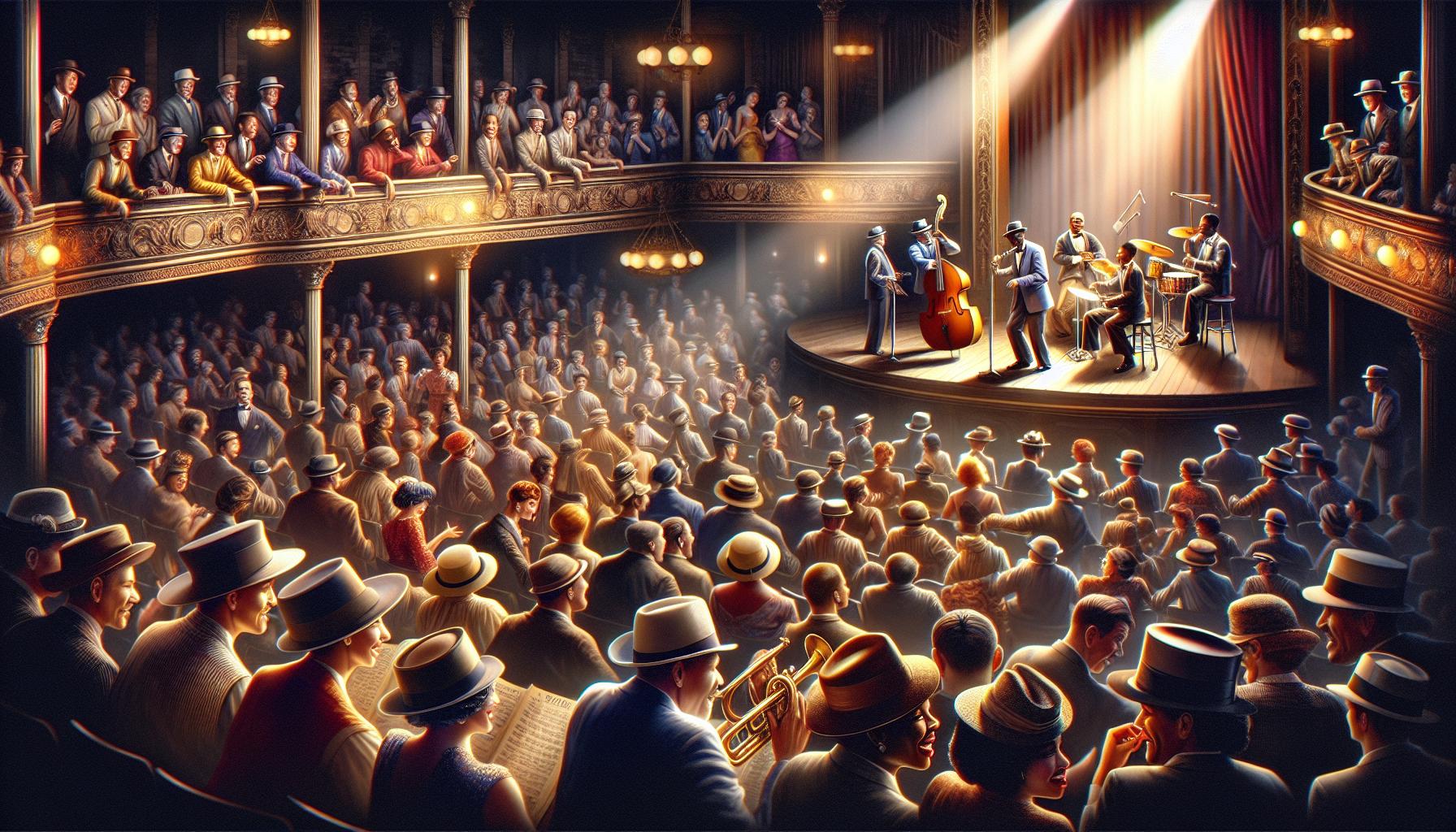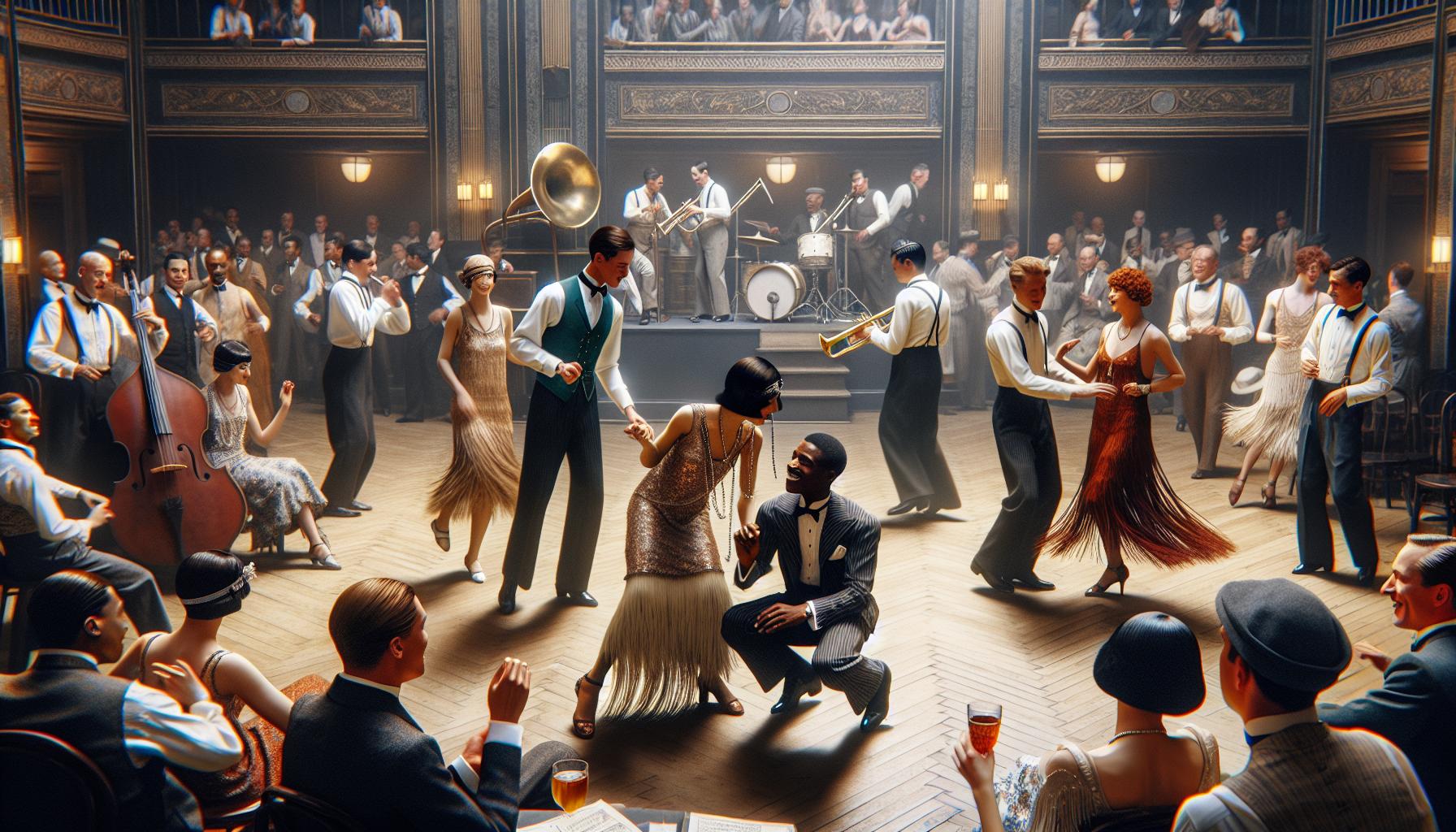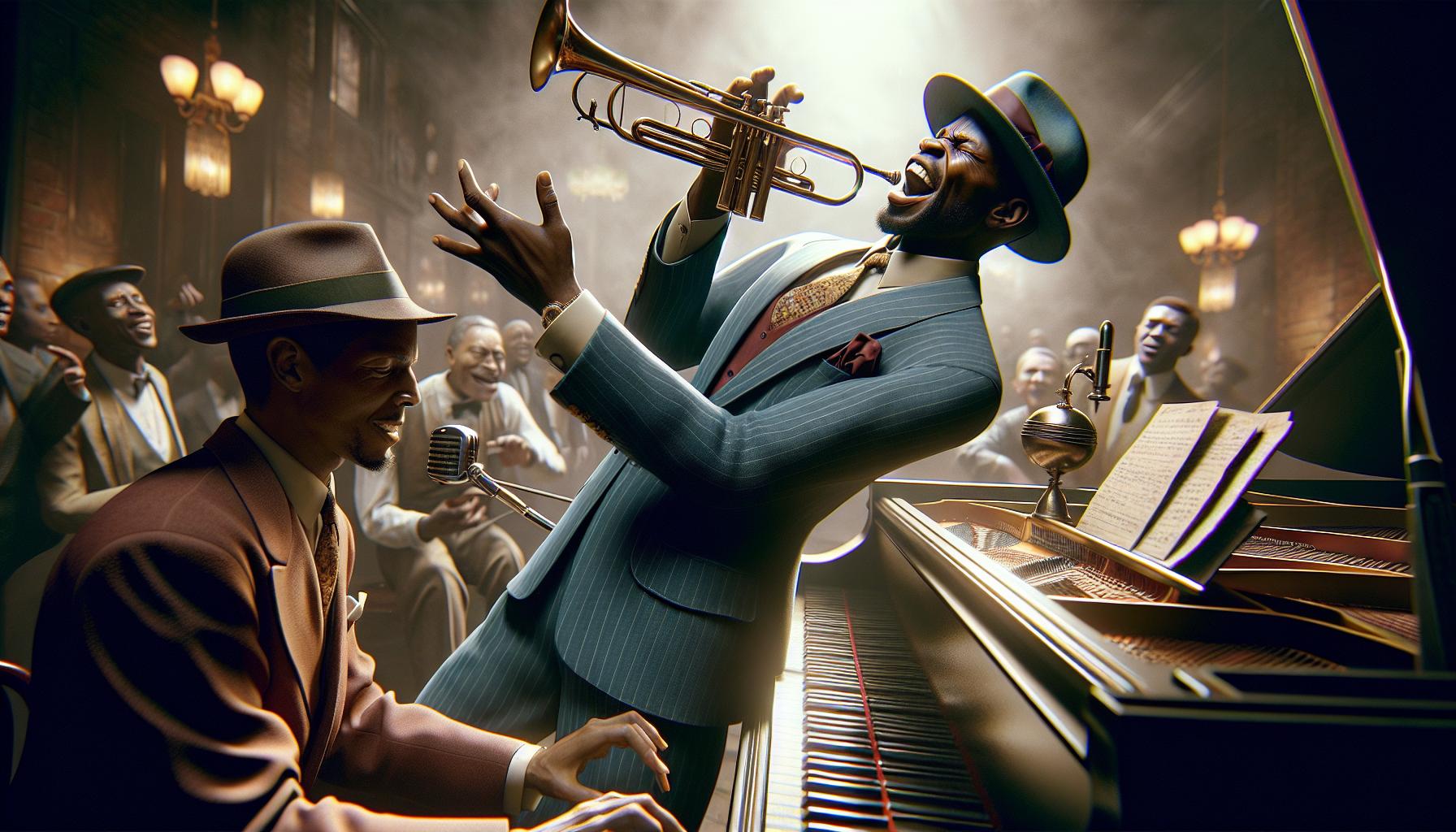In the early 1900s, a new form of entertainment burst onto the scene, shaking up the music world and leaving a trail of toe-tapping fans in its wake. Imagine a time when the air was thick with the lively sounds of ragtime and jazz, captivating audiences and getting even the most rhythmically challenged folks to dance like nobody was watching. This was the era when the humble piano became the life of the party, and people discovered that music could be more than just background noise—it could be a full-on celebration.
What New Form of Entertainment Helped to Popularize Ragtime and Jazz in The Early 1900s?
The early 1900s marked a significant shift in the entertainment landscape, largely due to the popularity of ragtime and jazz. These musical styles emerged from the African American communities, showcasing infectious rhythms and improvisation that resonated with diverse audiences. Historical records indicate that ragtime gained widespread appeal through sheet music and piano performances, captivating both professional musicians and amateurs alike.
Moreover, jazz began as a fusion of various musical genres, including blues and brass band music, further enriching its appeal. Live performances in saloons, dance halls, and theaters became the heartbeat of American nightlife, encouraging social gatherings centered around music. Notably, establishments like the Cotton Club and the Savoy Ballroom played pivotal roles in popularizing these genres, hosting legendary musicians who brought their energy and creativity to the stage.
The advent of phonograph records also contributed significantly to the rise of ragtime and jazz. These recordings allowed people to experience vibrant performances in their homes, bridging geographical gaps and enabling artists to reach wider audiences. Statistics show that by the 1920s, jazz recordings dominated the music industry, often outselling other genres.
Widespread acceptance of ragtime and jazz paralleled the increasing popularity of dance. Dance crazes such as the Charleston and the Lindy Hop emerged during this period and fueled the desire for lively, syncopated music. Sheet music sales skyrocketed, leading to an increase in piano ownership and use in homes, solidifying the piano’s role as an essential instrument in this musical revolution.
Cultural shifts within society further amplified the rise of these musical styles. As the nation experienced industrial growth and urbanization, entertainment needs evolved, making space for innovative musical expressions. The collective love for rhythmic, danceable music during this time laid the groundwork for the enduring legacy of both ragtime and jazz.
The New Form of Entertainment

The early 1900s saw the rise of new entertainment forms that propelled ragtime and jazz into the limelight. Vaudeville theaters became a key platform for showcasing these musical styles.
Vaudeville Theaters
Vaudeville theaters featured a variety of acts, including musical performances, comedy, and dance routines. These venues showcased ragtime and jazz, introducing audiences to lively rhythms and syncopated melodies. Musicians often performed popular tunes, enticing attendees to dance along. The appeal of energetic live performances contributed significantly to the genres’ early popularity. Enthusiastic dancing, fueled by ragtime’s infectious beats, encouraged people from various backgrounds to participate. The vibrant atmosphere of vaudeville created a sense of community around this emerging musical culture.
The Role of Phonographs
Phonographs revolutionized music consumption by bringing ragtime and jazz into homes across America. Recordings enabled listeners to experience these genres outside live performances. Convenience played a vital role in expanding their reach, with families purchasing records to enjoy at social gatherings. The phonograph industry boomed, leading to a surge in the production of jazz and ragtime recordings. By the 1920s, jazz recordings dominated the market, connecting audiences to the upbeat sounds that defined nightlife. As a result, both genres solidified their place in American culture, leaving a lasting impact on future musical developments.
Cultural Impact

Ragtime and jazz significantly shaped American culture in the early 1900s, reflecting a vibrant evolution in entertainment. These genres influenced various music styles and social dynamics of the time.
Influence on Music Styles
Ragtime introduced syncopated rhythms that changed composers’ approaches across genres. Jazz further expanded musical boundaries by blending blues, folk, and classical elements. Performers adopted improvisation, making each performance unique. By the 1920s, jazz emerged as a dominant force in nightclubs. Influences from these styles permeated pop music, rock, and subsequent genres. Artists began experimenting with different instruments, leading to the creation of new sounds and innovations.
Social Changes and Dance Trends
Social changes in the early 20th century encouraged greater participation in dance. Urbanization and industrialization brought communities together, fostering an appetite for lively entertainment. The Charleston became a sensation, captivating dancers across the country. Lindy Hop followed suit, drawing crowds to dance halls and clubs. These dance crazes sparked social gatherings where people of diverse backgrounds connected through shared rhythms. The popularity of ragtime and jazz heightened the importance of nightlife, influencing cultural celebrations and community events.
Key Figures in the Movement

Influential musicians played a crucial role in popularizing ragtime and jazz during the early 1900s. Their contributions shaped the course of American music.
Pioneers of Ragtime
Scott Joplin emerged as one of the foremost pioneers of ragtime. Known as the “King of Ragtime,” Joplin composed timeless pieces like “Maple Leaf Rag” that showcased distinctive syncopated rhythms. His work popularized the genre beyond African American communities, inspiring countless pianists and composers to explore ragtime. Another influential figure, James Scott, contributed significantly with compositions such as “Frog Legs Rag,” showcasing his unique style and further cementing ragtime’s place in music history.
Jazz Innovators
Louis Armstrong revolutionized jazz with his extraordinary trumpet skills and vocal talent. His improvisational style and infectious charisma brought jazz to mainstream audiences. Duke Ellington, another key figure, redefined jazz orchestration, elevating it to an art form. Hits like “Mood Indigo” highlighted his innovative arrangements and sophisticated harmonies. Both musicians significantly impacted American music, inspiring future generations in jazz and beyond.
The early 1900s marked a transformative period for American music as ragtime and jazz captured the hearts of many. This new entertainment landscape not only showcased the talents of iconic musicians but also fostered a sense of community through dance and shared experiences. The rise of vaudeville theaters and the phonograph played pivotal roles in bringing these vibrant genres into homes and public spaces alike.
As audiences embraced the lively rhythms and innovative sounds, ragtime and jazz became more than just musical styles; they evolved into cultural phenomena. Their influence extended beyond the dance halls of the 1920s, shaping the future of American music and leaving an indelible mark on the nation’s cultural identity.


